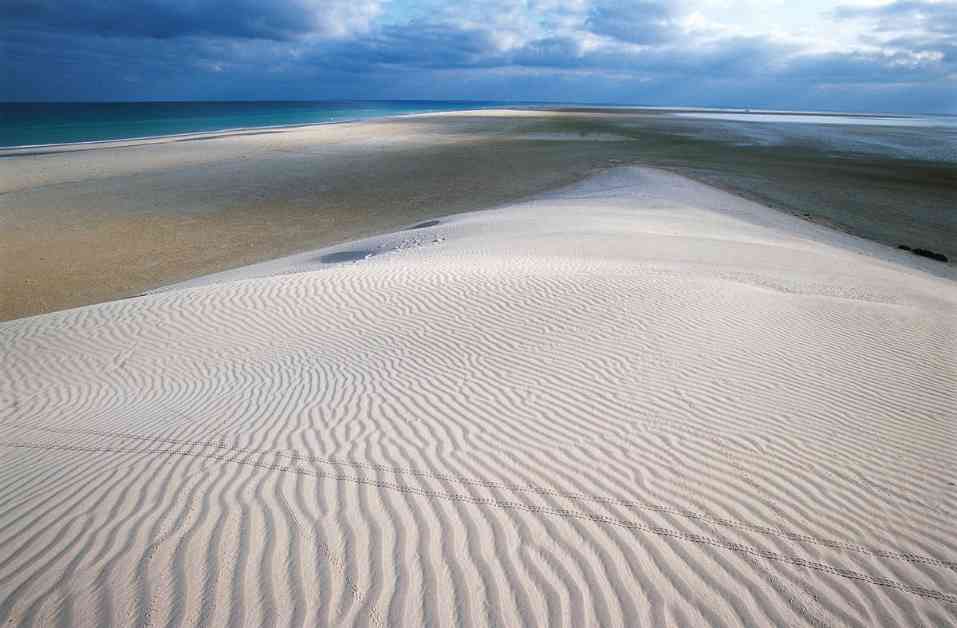Beach sand is not just something you see on the shore. It has a fascinating story to tell about the Earth and how it travels from mountains to the sea.
Mountains start to erode over time, shedding mud, sand, gravel, cobbles, and boulders. These particles are carried by streams that eventually merge into rivers. As they make their way to the ocean, the sediment undergoes natural processes that break down the rocks into smaller pieces. Most of what reaches the sea is in the form of mud, but sand grains are also present.
When you pick up a handful of sand at the beach, take a closer look. You might notice that the grains come in different colors and shapes. The colors of the sand are determined by the minerals present in the rocks that produced it. The shape of the sand grains can also provide clues about their origin. Angular grains have traveled a shorter distance compared to smooth, round grains, which have been worn down over time.
Around one-tenth of the sediment that reaches the ocean is in the form of sand particles. These particles are larger than silt and clay, ranging from half a millimeter to 2 millimeters in size. They are essential for maintaining sandy beaches, as they are too heavy to be carried away by the deep sea currents.
Unfortunately, many beaches are facing a shortage of sand due to human activities. Dams built along rivers trap sediment, preventing it from reaching the coast. As a result, beaches are not being replenished with new sand, leading to erosion and the gradual shrinking of shorelines around the world.
The journey of beach sand is a long and complex one, from the mountains to the sea and then back again. So, the next time you feel the sand between your toes, take a moment to appreciate the incredible story behind it. Think about where it came from and where it might be headed next.


